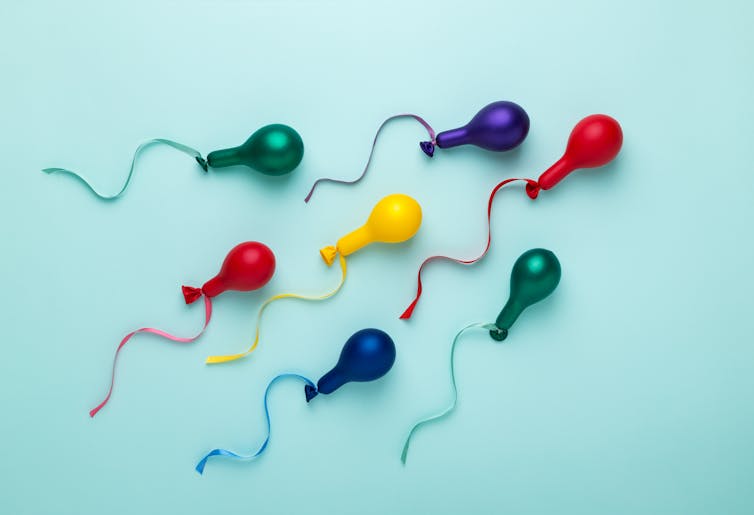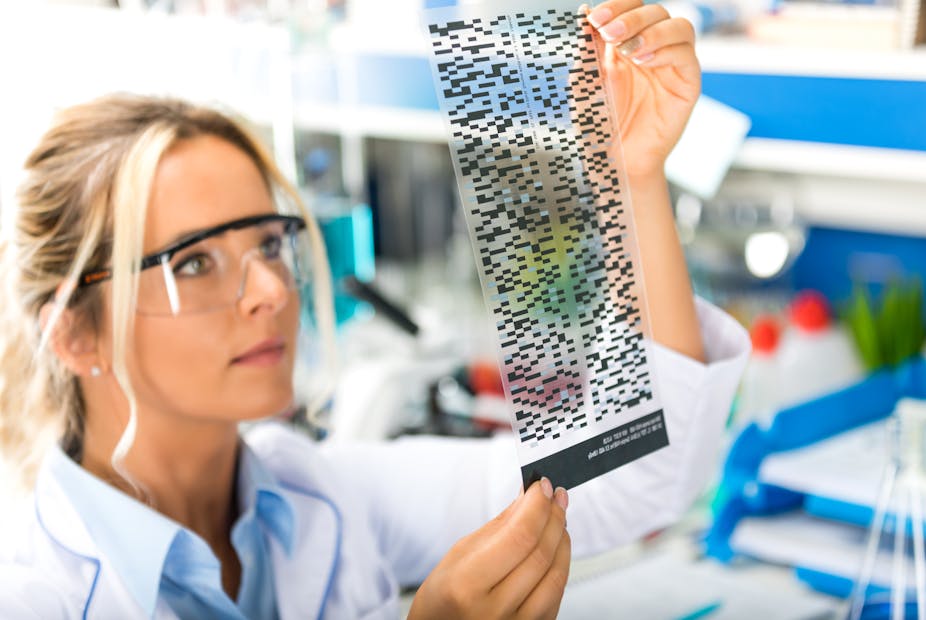A law passed on April 1 2005 will have life-changing consequences for families across the UK from next year.
Anyone conceived from a donated sperm, egg or embryo from that day onward can find out the identity of their donor parents once they reach adulthood. This means that starting from late 2023, when the oldest of these people begin to turn 18, there could be a deluge of young people wishing to find out who their donor was. But thanks to at-home DNA testing, many donor-conceived people are already uncovering their biological origins in what can be an emotionally difficult process.
There were around 1,500 live births in the UK as a result of donated eggs or sperm in that first year the law was changed (April 1 2005 - March 31 2006). I can only imagine the meetings and the emotions, both wonderful and difficult, involved for families next year.
This will also be a watershed moment for the Human Fertility and Embryology Authority (HFEA), the independent regulator that regulates fertility treatment (and research on human embryos) in the UK and will oversee this process.
But not all donor-conceived people will see the benefit of this law. Anyone conceived after August 1991 can only find out non-identifying information such as eye colour or country of birth of their donor. This was when the HFEA was created to record all uses of donated eggs, sperm and embryos in addition to regulating the UK’s licensed fertility clinics.
Before August 1991, fertility treatment was a bit of a wild west and anyone born before this period would have little chance ever finding out who their donor was. They have to wait for their donor to come forward and lift their anonymity through the HFEA. Or the donor (and donor conceived person) can place themselves on the Donor Conceived Register (DCR), set up to match pre-1991 donor parents and children and siblings sharing the same donor.
Do it yourself DNA
At least this was the case until an explosion in at-home DNA test kits being sold to the public by direct to consumer (DTC) testing companies such as Ancestry, 23andMe, MyHeritage. They can be bought online for as little as £50. It is thought that over 30 million people worldwide have bought these test kits.
This third route to tracing your biological family is one I am well acquainted with as the lead genetic genealogist on BBC 2’s DNA Family Secrets hosted by Stacey Dooley. Genetic testing companies have enormous databases that make it increasingly easy to find your donor.
You can simply take a DNA test and look for people that match your DNA. If you can’t fit these matches into your known family tree, then it could be because they’re from your donor’s family. Sometimes people get matches with a donor-sibling or their donor immediately.

The first such case to make headlines was in 2005 when a 15-year-old boy bought a Y chromosome test in the hope of finding his father. The Y chromosome is a segment of DNA passed down through the male line, from father to son, much as a surname often is.
The lad’s Y chromosome test brought up matches with two men that must have been related to his sperm donor father. They also had spelling variants of the same surname. Armed with his father’s date and place of birth, university degree and a potential surname, he turned to private investigator company Omnitrace. Within hours he traced his supposedly anonymous sperm donor father.
Since then, genetic testing has become more advanced. You can even hire a genetic genealogist to do the work for you, although success is not guaranteed. The floodgates are well and truly open.
Family secrets
In the second series of DNA Family Secrets, which aired in 2022, 46-year-old Mel came to us wondering if she could find out who her sperm donor father was. Testing with a couple of the big direct to consumer companies revealed two relatively close matches. It took literally minutes to work out that her donor father was one of three brothers. DNA testing one of their sons joined the dots.
On the other side of the coin is 53-year-old Luke, who after the death of a close friend, began to think about the consequences of donating his sperm in the 80s and 90s. He knew from the HFEA he had at least six children but had no idea who they were. He came to DNA Family Secrets to lift his anonymity further. He not only put himself on the DCR but also took DNA tests. At the time of broadcast, no further people were found but they may well come forward in the future.
Luke is rare. Just over 200 men, out of the many thousands of men who have donated sperm over the years, have lifted their anonymity prior to donor anonymity rules changing.
Some men donate sperm for the compensation payments (set at £35 in the UK), others for altruistic reasons to help infertile couples.
Other men have contacted me to share their stories. They donated sperm years ago and have been found after they or a relative took a DNA test with one of the big companies. Some have never told their partners or children that they donated. The emotional reverberations for their families can be enormous. Both Mel and Luke benefited from the behind-the-scenes support of the social workers and counsellors that we provide as part of the programme. Others do not.
The HFEA are considering lifting donor anonymity retrospectively. Any change in the law would be up to parliament to decide. The Australian government did so with Narelle’s law named in memory a woman died from bowel cancer inherited from her donor father.
Next year could bring some extraordinary reunions. The time is now to discuss how society handles, and supports, those born before 2005.

